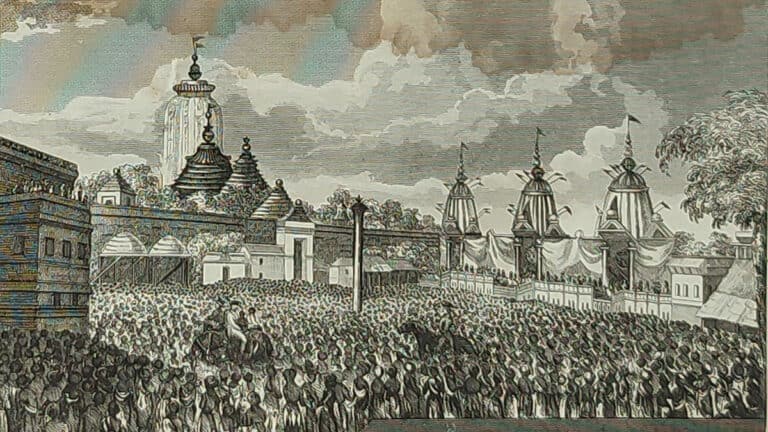Beyond the Pir Panjal by Ernest F. Neve
![Ernest Frederic Neve [1861-1946], Beyond the Pir Panjal. Life and Missionary Enterprise in Kashmir](https://missiology.org.uk/blog/wp-content/uploads/2019/02/beyond-the-pir-panjal_e-f-neve.jpg)
Dr Ernest Neve “…joined his brother, Arthur Neve, MD (1858-1919), at Srinagar, Kashmir in 1886, working at the Church Missionary Society’s Hospital, to which he eventually became consulting surgeon in 1923. While working in India he won the Gunning-Lister prize from Edinburgh University in 1889. In 1892 he founded the Kashmir Government Leper Asylum and was for many years its honorary superintendent. Neve was an excellent administrator and a general surgeon who accomplished a great deal of sound work, while living as a devout Christian in a predominantly Muslim country.” [Plarr’s Lives of the Fellows]
My thanks to the Cambridge Centre for Christianity Worldwide for maing this public domain itle available for digitisation.
Ernest Frederic Neve [1861-1946], Beyond the Pir Panjal. Life and Missionary Enterprise in Kashmir. London: Church Missionary Society, 1914. Hbk. pp.178. View in PDF format pdf [This material is in the Public Domain]
Contents
- Preface
- The Vale of Kashmir
- Historical Epochs
- The People
- Srinagar
- The Kashmir Mission School
- The Kashmir Medical Mission
- The Mission Hospital
- Village Life
- Medical Mission Camp Work
- A Glimpse of Kashmiri Tibet
- The Upper Indus Valley
- Sphere of Influence of Medical Mission Work
- Development of Kashmir
Chapter 1: The Vale of Kashmir
Kashmir owes much of its fame to its varied phases of beauty. These are partly due to the seasons. But the different alti-tudes, with their countless slopes· and upland meadows, some with northern and others with southern aspect, con-tinually provide a simultaneous presentation of the beauties of successive seasons. In the hottest summer weather, for instance, when in the valley the temperature is over 90° F. in the shade, when the air is laden with moisture and mos-quitoes abound, a ride or drive of 30 miles and a climb of 3000 feet will take us to where the atmosphere is fresh and cool. Another two or three thousand feet of ascent will bring us to snow and to early spring flowers such as primulas and anemones. And looking down from the heights to the plain below, ‘\ith its masses of foliage dimly discernible in the midst of the heat haze, we appreciate the effect of alti-tude on climate.
Page 1

